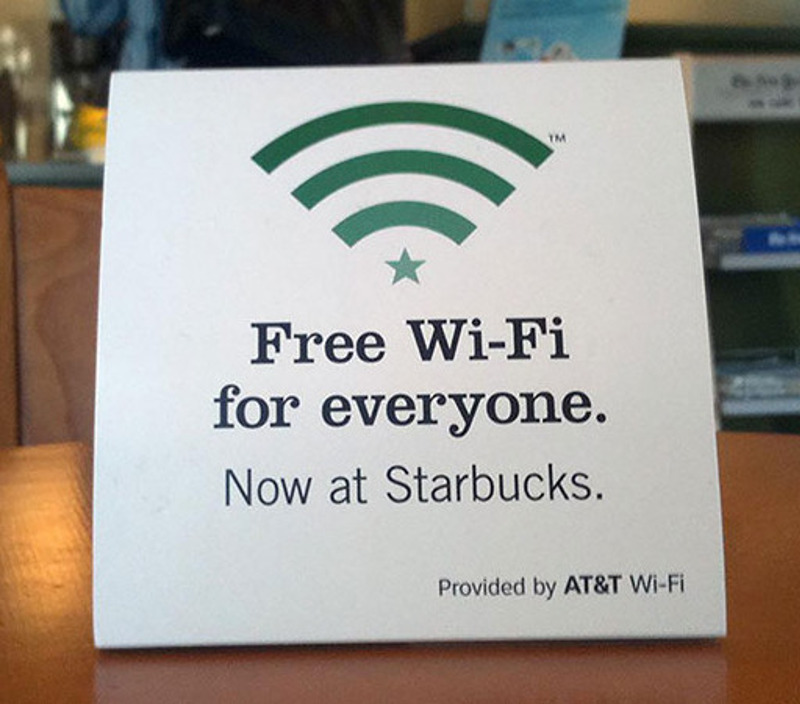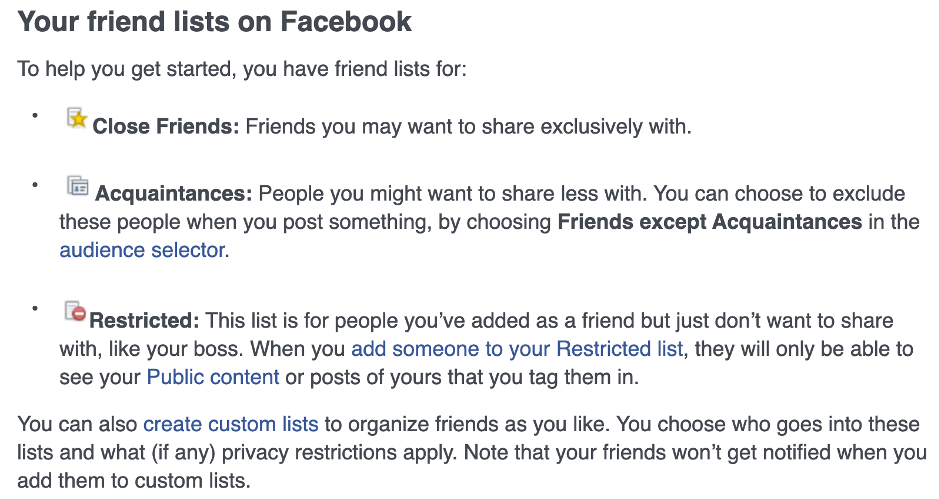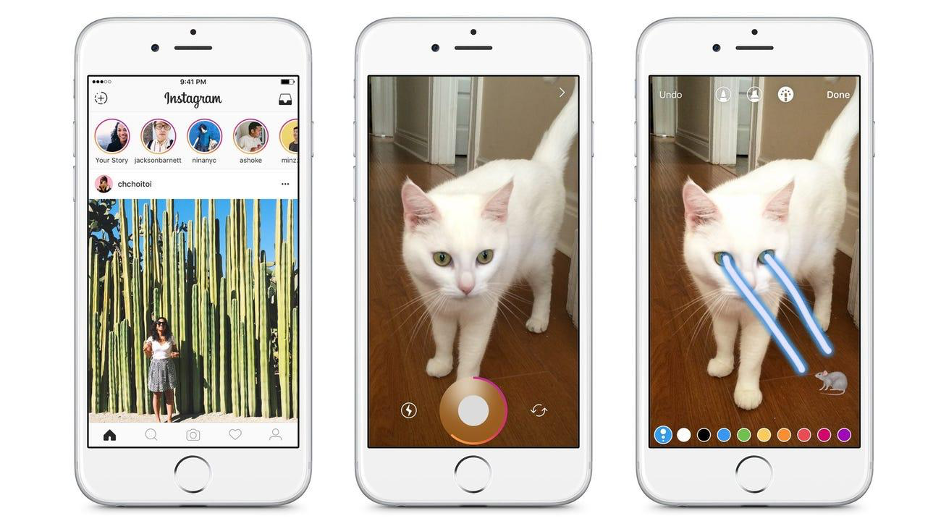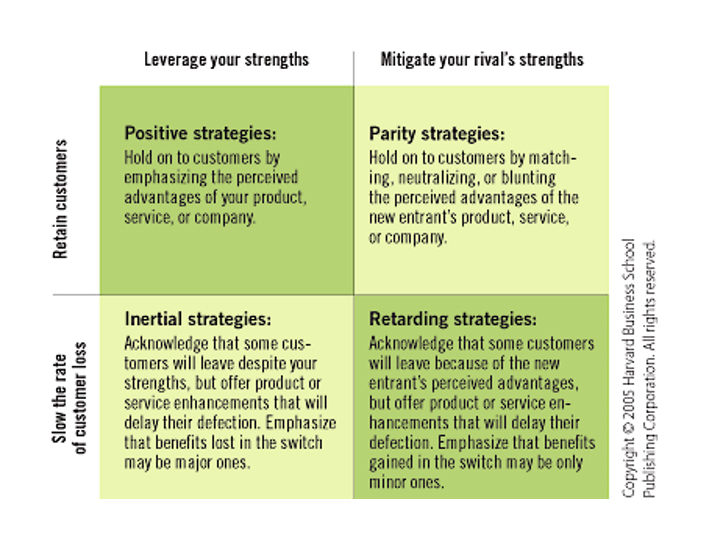Defensive Marketing: How to Protect Your Brand and Market Position
New brands are appearing on the market every day.
While some bring fresh new products, many are hoping to usurp the reigning market leader by introducing competitive products with better features, higher quality, or lower prices.
They say the best defense is a good offense.
But how do you protect your brand and market position?
In this guide, we’re going to explore what defensive marketing is (and why it matters), show you three great examples of brands protecting their market position, and help you implement your defensive marketing strategy.

Manage all your social media accounts in one place.
Craft, schedule, & auto-post content to all your social channels, then track analytics and manage interactions from a single, easy-to-use dashboard.
What is Defensive Marketing?
Defensive marketing refers to the actions of a brand, especially a market leader, to protect its market share, profitability, product positioning, and mind share against an emerging competitor.
If a brand fails to defend its position, then they’ll likely lose some of its customers to the competitor. And in the worst-case scenario, they may lose their entire business.
Therefore, defensive marketing should be an essential part of your overall marketing strategy and something that’s discussed and reviewed regularly.
What is the difference between offensive and defensive marketing?
Offensive marketing is the opposite of defensive marketing. It’s a strategy used by both new and existing businesses to attack the current market leader and either establish or grow their presence.
Companies target the weaknesses of the incumbent and emphasize the strengths of their new product or service. For example, a company may target an established industry leader’s weak product safety record by emphasizing the safety of its products.
Why Defensive Marketing Matters
Most industries have a market leader, usually defined as the company with the highest revenue and the largest customer base.
But just because you’re at the top, doesn’t mean you’ll always be at the top. So you have to take measures to defend your brand.
We like to compare this to building a moat. The broader and deeper your brand moat, the more robust defense you have. Conversely, if you can’t defend your position, then you have no foundation for growth.
But it’s not only the market leaders that are open to attack. In the digital era, all brands have to defend their market position. Startups, especially in the technology sector, are lean and agile, and able to disrupt markets quicker than traditional companies.
For example, before Netflix appeared on the scene, Blockbuster had a successful DVD rental business. Although Blockbuster tried to adapt and change their business model by launching an online service, they couldn’t compete with Netflix’s pricing and service. And eventually, they went out of business.
Unless you have a robust defensive marketing strategy in place, then you’re open to being overtaken by your competitors.
3 Examples of Successful Defensive Marketing Strategies
Let’s take a look at three brands with a successful defensive marketing strategy.
1. Tylenol

Although Tylenol is now a household name for pain relief medication, it wasn’t always the case. Back in the 1980s, Tylenol’s acetaminophen-based product had a good share of the market through steady marketing campaigns and canvassing of medical professionals.
But Bristol-Myers saw a potential opening and launched Datril as a direct competitor to Tylenol that was 35% cheaper.
So Johnson & Johnson hit back to defend their brand. They dropped the price of Tylenol to match Datril and persuaded TV networks that Datril’s commercials were wrong to claim, “it was just as good as Tylenol, only cheaper.”
Their response was so effective that it actually awoke a “sleepy” market for aspirin alternatives. And as a result, Tylenol is now the market leader for all over-the-counter pain relievers and aspirin alternatives.
2. Starbucks
Starbucks was not the first coffee shop to offer free Wi-Fi. In fact, they used to charge customers for using their WiFi, if they didn’t purchase anything in store.
But when other coffee shops started offering and advertising free Wi-Fi, Starbucks noticed a drop in their revenue.
So how did Starbucks defend its position?

Well, not only did they start offering free Wi-Fi for everyone to match their competitors, but they also decided to provide the fastest free Wi-Fi.
Their defensive strategy meant they could differentiate themselves from the competition, attract both new and old customers, and defend their market position.
3. Facebook
A few years ago, Facebook went on the defensive when Google Plus launched its “Circles” feature as a way of categorizing connections to control who users shared posts with.
Facebook’s response to this threat was to offer a new feature where users could organize friends according to involvement or relation.

Facebook’s quick reaction to enhance its product meant it could defend its position as the most popular social media network. In 2019, Google gave up the fight and shut down their Google Plus service.
Facebook-owned Instagram has also “copied” competitor features to become one of the top social networks. Lens Filters, QR Codes, and most notably, Stories, have all been copied from Snapchat to defend Instagram’s position:

With 500 million daily active users, it’s fair to say that Instagram Stories has been a roaring success.
How to Implement a Robust Defensive Marketing Strategy
Before implementing a defensive marketing strategy, you need to consider what your best form of defense is. In other words, you need to decide what you will fight with, including:
- Your brand identity, or how customers perceive you.
- The mix of products and services supporting that brand identity, including their pricing.
- The way of communicating your brand identity, such as advertising.
It’s better to have several options that you can call upon. To use our brand moat analogy, you’d want cannons and archers to defend your castle as well as a deep moat.
According to HBR, defensive marketing strategies can be categorized by their aims:
- Positive strategy – designed to retain customers
- Inertial strategy – designed to slow down the rate of customer loss
And they can also be categorized by the means to achieve those aims:
- Retarding strategy – focused on your strengths
- Parity strategy – focused on your rival’s perceived strengths

Let’s look at some of the strategies in action.
I. Attack yourself
At first glance, the idea of attacking yourself may seem counterintuitive. But it’s a defense strategy that Google has mastered.
The self-attack involves creating and introducing new products that are better than your current line-up, so you force your existing products to become obsolete.
For instance, although Google is the most popular search engine, it doesn’t stand still. It’s continually adding new features, such as Knowledge Panels, Answer Boxes, and Featured Snippets to enhance the search experience for users.
This defense strategy makes you a “moving target” and confuses your competitors as they don’t know what to target.
In our example, competitors end up competing with Google rather than creating new innovative technologies of their own.
Because in addition to adding search engine features, Google is “playing” in other markets. For example, offering Google Docs for free to compete against the established Microsoft Office.
What should Microsoft do? Focus on Bing to beat Google Search or work on MS Office to attack Google Docs? It’s a dilemma.
You may incur short-term profit margin losses with a self-attack, but you maintain your long-term goal of market share.
II. Awake your sleeping market
Sometimes a brand may become complacent with its market share and stop growing. We saw in the example of Tylenol above how it reacted quickly and effectively to the threat of Datril, and as a result, they awoke their audience.
But you don’t have to wait until your brand is under attack before you start defending. You can remind existing customers and attract potential new customers with marketing campaigns that protect your position, grow your brand further, and ensure your competitors don’t make any significant gains.
III. Deploy specific measures
When US retail giant Walmart decided it was going to attack the UK supermarket space, Tesco deployed some specific measures to defend its territory.
Using data intelligence from its Clubcard customer loyalty program, Tesco was able to thwart Walmart’s initiatives in the UK.
Tesco sent personalized coupons and promotions to their existing customers, and dropped prices in store for all shoppers so they could fend off Walmart.
Use your unique customer insights to deploy specific tactics and defend your market share.
IV. Improve your product
Sometimes, defending your brand only involves slightly tweaking your product or service. In the earlier example, we saw how Facebook was able to introduce a simple new feature to counter Google Plus. In other cases, you may have to be more drastic and make a substantial improvement to counteract your competitors.
However, you have to be careful not to change your existing product too much, or you’ll lose existing customers. For example, when Coca-Cola altered the taste of their drink and produced the sweeter-tasting New Coke to match Pepsi, their defense strategy backfired as it undermined its brand and upset its core customer base.
As a result, Coca-Cola had to switch back to its original recipe to appease its customers and retain its brand position rather than trying to take Pepsi’s customers.
V. Adjust your pricing
A popular defense strategy is to adjust your pricing. But that doesn’t necessarily mean a price reduction. Here are four options:
- Reduce your prices to match or beat the new competition. For example, as Tylenol did when Datril launched 35% cheaper.
- Increase your prices when you want to position yourself as the premium option and make your customers feel extra special. For example, a premium car maker like Mercedes keeps prices higher than its competitors.
- Keep your prices the same, but add extra value to your product or service with more features and benefits. For example, a cloud storage provider may offer additional gigabytes of storage for the same price.
- Offer a new pricing model, such as a subscription-type service. For example, premium motor brands like Audi, BMW, Lexus, and Mercedes are experimenting with a car subscription service.
VI. Advertise your strengths
A classic defense strategy when facing a new competitor is to use advertising. And usually, an established brand or market leader should have more cash to invest.
For example, if the defending brand has ten times the revenue of the competitor, and they each put 20% revenue into advertising, the defender still has ten times more to invest.
But it’s not only the advertising budget that’s important. It’s how you use that budget.
When you’re defending your brand, there’s little point in running a brand awareness campaign because people already know about your brand. Instead, focus your advertising on highlighting your strengths and targeting your competitor’s weaknesses.
“When executed correctly, a defensive marketing strategy will control panic, restore order, and allow your business to flourish.” — Brett Baughman
Defensive Marketing in a Nutshell
All brands, especially market leaders, need to be on the lookout for new competitors. In the digital era, startups can pounce overnight, so be on your guard.
If you fail to defend your brand’s position, then it’s likely you’ll lose some of your customers. And in the worst case, you may lose your business altogether.
So make sure you have an effective defensive marketing strategy in place to protect your brand, i.e. your brand moat.
And hold on to as many of your existing customers as possible while continuing to expand your market position.



